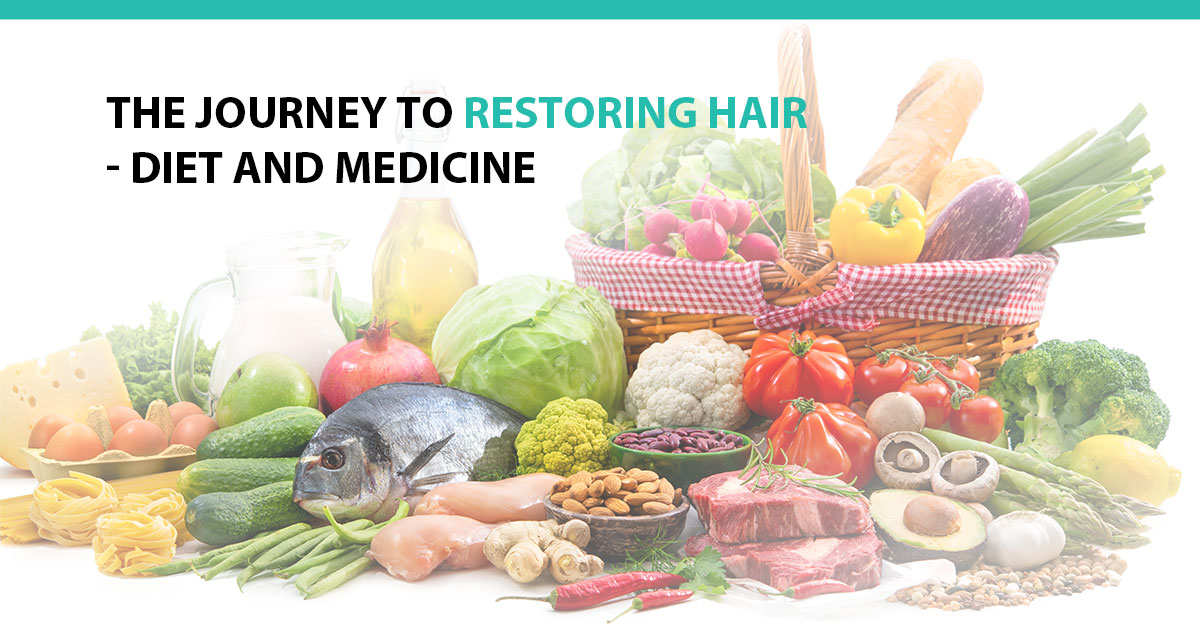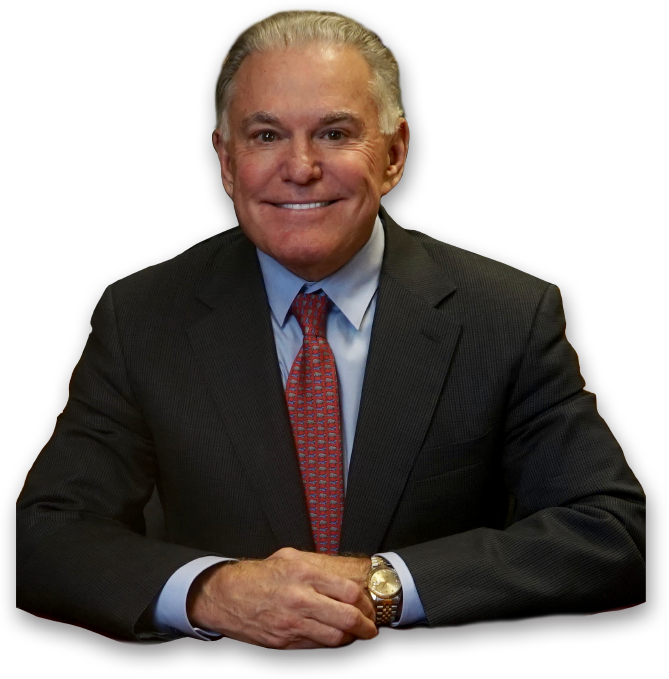
Last time, we discussed one path to facing hair loss: accepting it at face value and moving on with life. This time, we’ll examine some steps we can take when deciding to fight hair loss instead.
Dietary Changes and Supplements
Some hair loss is not genetic and, therefore, is reversible by dealing with the root of the problem—no pun intended. If the problem is your food intake, then it’s possible this next section will help you learn which vitamins and nutrients may be missing from your diet or at least scarce. When it comes to vitamins, remember to focus on the first part of the alphabet.
These five vitamins are known to be essential in keeping the hair healthy in the form of thickness and length:
Vitamin A
Did you know that hair is your body’s fastest-growing tissue? There’s some debate about whether bone marrow is first or second, but think about how fast that is when it comes to growing and regenerating. Part of the reason is that hair benefits from Vitamin A’s cell-growing properties. This nutrient also assists with the secretion of sebum, an oily substance that improves hair health by moisturizing your scalp. Vitamin A sources include vegetables, such as carrots, and animal products, such as eggs and milk.
B Vitamins
Biotin is one of the most beneficial types of B vitamins for hair growth. It is also called Vitamin H, but since it is part of the B family, and it is easier to remember in the alphabetical scheme of things… It’s rare to be biotin deficient because it’s available in several foods. B vitamins are also valuable for red blood cell creation. This process improves the transmission of oxygen and other nutrients essential for healthy hair follicles and scalp. Sources of B vitamins include whole grains, seafood, almonds, and leafy greens.
Vitamin C
Our bodies naturally produce free radicals. These are unstable atoms that studies link to aging and various illnesses. They also contribute to hair damage. As a powerful antioxidant, Vitamin C protects against the oxidative stress that free radicals cause. It also helps in secreting collagen, a protein that makes up your hair structure.
Vitamin D
Alopecia is more likely to occur if Vitamin D levels are low. According to research, this nutrient assists in creating new hair follicles on your scalp. The world’s largest free supply of Vitamin D? Direct sunlight. Other ways to get it are from cod liver oil, mushrooms, and supplements.
Vitamin E
Vitamin E works similarly to Vitamin C. Its antioxidant properties combat illnesses and aging. An increase in Vitamin E intake results in higher hair density after a few months. Dietary sources include avocado, spinach, sunflower seeds, and almonds.
Essential Nutrients
In addition to vitamins, you need these nutrients for healthy hair:
Proteins
Proteins account for a large part of the hair structure. They also strengthen keratin, an essential building block. It’s also a treatment for brittle, porous, heat-damaged, and chemically treated hair. Legumes, fish, chicken, and eggs are good protein sources.
Iron
This mineral assists in supplying your hair follicles with oxygen. It also works with proteins to nourish your hair. Iron food sources include oysters, green leafy vegetables, spinach, chicken, and meat.
Zinc
Your body needs zinc for a range of physiological responses, including the maintenance of sebaceous glands and the rejuvenation of damaged hair. Although this mineral can’t reverse baldness, a deficiency can accelerate hair loss itself. Shellfish, pumpkin seeds, dark chocolate, nuts, and whole grains are good sources of zinc.
Omega-3 Fatty Acids
Fish oil is the most common dietary source of Omega-3s. In addition to promoting overall health, it’s renowned for nourishing hair follicles. It does so by providing essential proteins, preventing inflammation, and maintaining scalp circulation. You can get enough fish oil by incorporating herring, salmon, tuna, and mackerel into your diet.
Selenium
Selenium is an antioxidant that keeps you healthy by combating the adverse effects of aging and illness. It also boosts your thyroid health and overall immune system. Hair can benefit from this nutrient through foods such as eggs, oysters, sardines, Brazil nuts, and chicken breast.
Regrowing Hair Without a Transplant
Remember that while a hair transplant may end up being the best option in your case, a consultation helps immensely. You’ll know all of your options, including treatments like medication, at-home treatment, and more. Before creating a suitable treatment plan for your needs, Dr. Williams will perform a thorough examination to identify the root cause.
This evaluation of your scalp includes analyzing the density and unique features of your hair follicles. Depending on your situation, we might recommend a combination of medication and other therapies.
Early intervention gives you the best chance of regrowing and fortifying your hair. Most patients remain in denial for a long time, which exacerbates hair loss. The earlier you schedule a consultation with Dr. Williams, the more productive the treatment becomes.
Some of the most effective non-transplant methods for regrowing hair include:
Medication
Finasteride is one of the most popular prescriptions for battling hair loss. It works by restricting DHT production. This oral medication is a simple, safe, and effective treatment for male pattern baldness. Some patients may experience unwanted side effects like erectile dysfunction or low libido. If that’s the case, you can always try alternatives to the pill. They include a combination of minoxidil and topical finasteride.
At-home Treatment
Dr. Williams can also recommend a foam or topical version of minoxidil for home use. This option strengthens and increases the width of your hair shaft by promoting blood circulation in the follicles. Although 7% minoxidil works well for most, you can receive a customized prescription based on scalp and hair sensitivity.
Plasma Therapy
Platelet-rich plasma (PRP) therapy has become an increasingly preferable treatment option. It involves extracting your blood and isolating the plasma before injecting it back into your scalp. Plasma is effective in stimulating weak follicles. Your treatment plan may use a combination therapy, including finasteride, minoxidil, or both.
Supplements
Although supplements are not as effective as the first three methods, they can still provide positive results. Combined with a diligent grooming routine, they can slow down the balding process and revive weakened hair follicles. They act more as a preventive measure that keeps your hair nourished. Examples are hair vitamins such as Viviscal and Nutrafol.
A professional opinion helps you pick the most effective option for your particular hair loss problem. After a comprehensive examination, Dr. Williams will most likely recommend more than one method for the best results.
We’ll continue our journey next time with topics such as:
- Finding a Doctor…
- Considering Medication and Other Alternatives…
- Transplant Expectations…
- Transplant Preparation…
- Transplant Procedure Day…
- After-Procedure Care and Timeline…
- Your New Look; Your Next Chapter…










